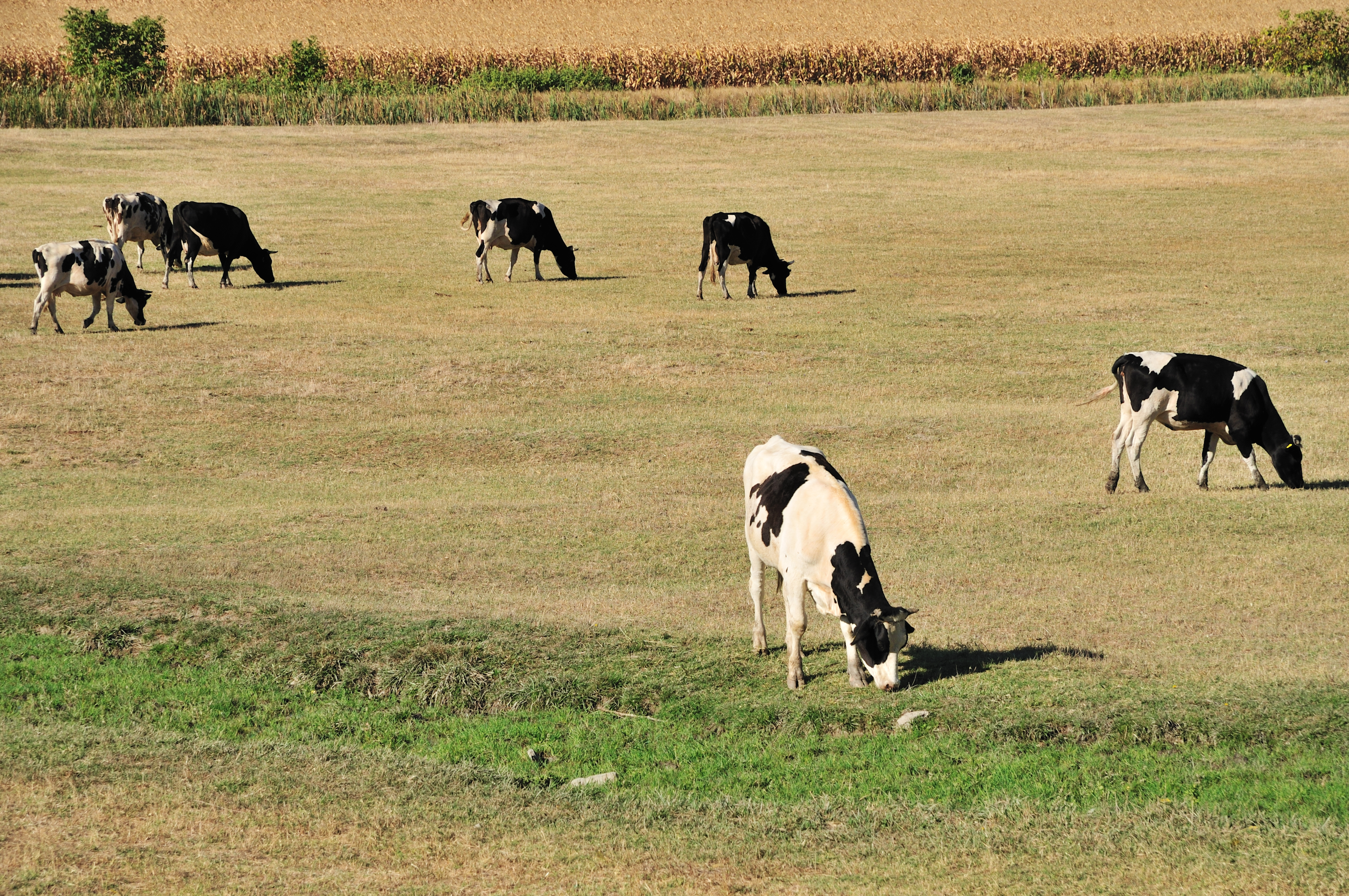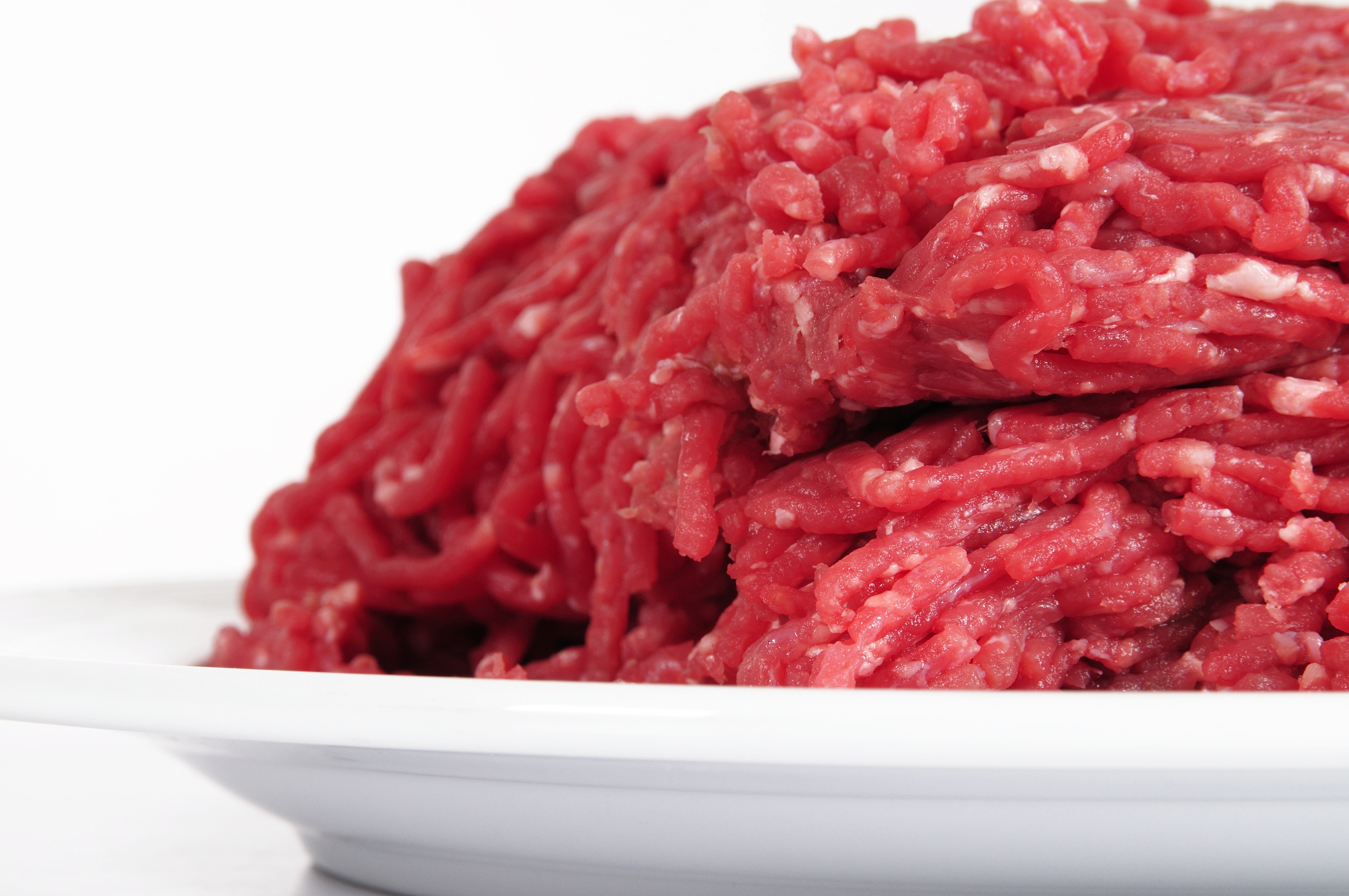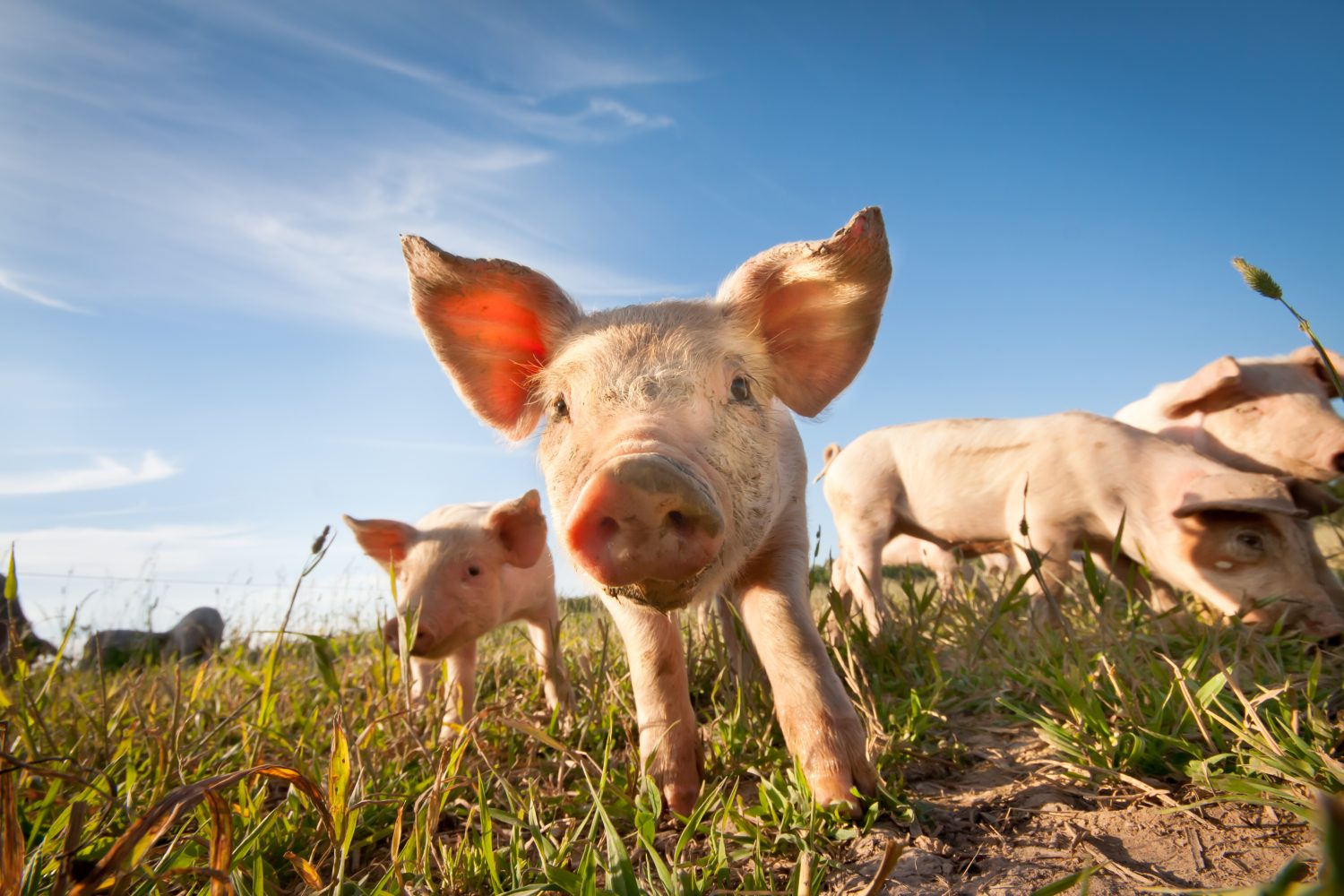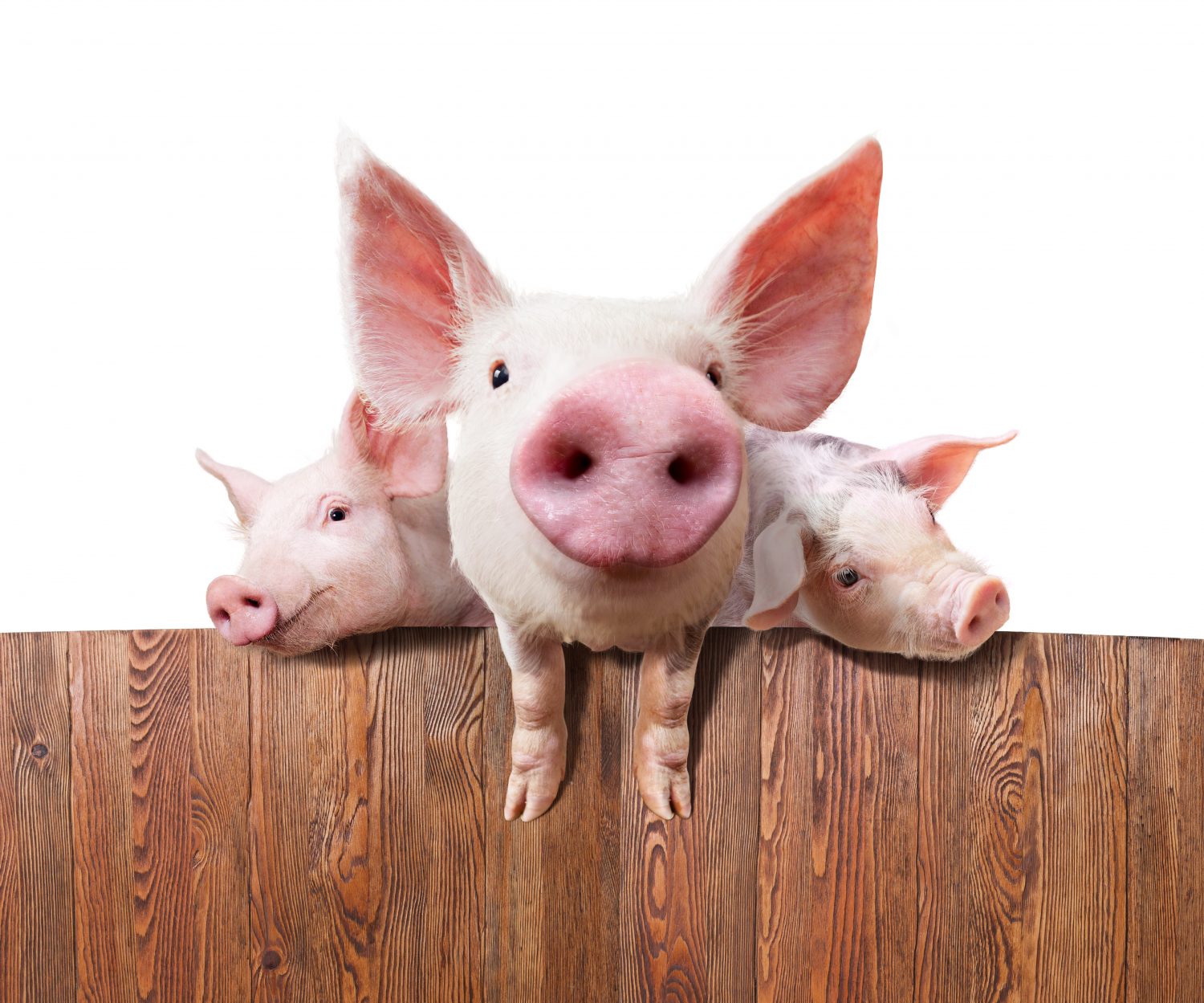fjfnewswp2324234234342018-01-09T16:38:29+00:00U.S. pork exports recorded the highest-ever monthly value in November while U.S. beef export value took another step toward a likely full-year value record, according to export results released by USDA and compiled by the U.S. Meat Export Federation (USMEF).
November pork exports totaled 223,962 metric tons (mt), down slightly from a year ago. But through the first 11 months of 2017, export volume remained on pace for a new record at 2.23 million mt, up 7 percent year-over-year. November export value was a record-high $615.6 million, up 5 percent year-over-year and just the fourth time monthly export value has topped $600 million. Through November, pork export value increased 10 percent to $5.9 billion.
Exports accounted for 27.7 percent of total pork production in November (down slightly from November 2016) and 24.1 percent for muscle cuts only (up about one percentage point). For January through November, these ratios increased about one percentage point from a year ago to 26.5 percent of total production and 22.2 percent for muscle cuts. November pork export value averaged $58.38 per head slaughtered, up 6 percent from a year ago and the highest in six months. Through the first 11 months of the year, per-head export value averaged $53.18, up 7 percent.
Beef exports reached 111,915 mt in November, down 3 percent from the large volume of November 2016 but still the second-highest monthly total of the year. Export value was also the second-largest of 2017 at $666.4 million, up 8 percent year-over-year. January-November export volume totaled 1.15 million mt, up 7 percent, while export value climbed to $6.6 billion, up 15 percent from a year ago and slightly above the record pace established in 2014.
Beef exports accounted for 13.1 percent of total production in November, the highest since July but down from 14.9 percent in November 2016. For muscle cuts only, the percentage exported was 10.9 percent, down from 11.7 percent a year ago. For January through November, beef exports accounted for 12.8 percent of total production (down from 13.5 percent in 2016) and 10.3 percent for muscle cuts (steady with 2016).
November beef export value averaged $306.63 per head of fed slaughter, up 4 percent from a year ago and the highest in nearly three years. January-November export value averaged $282.34 per head, up 9 percent.
Pork variety meat exports top $1 billion, breaking previous full-year record.
Although pork variety meat exports slowed in November, the 11-month total of 498,661 mt was still 6 percent higher year-over-year. Export value climbed 19 percent to $1.06 billion, setting a full-year record and exceeding $1 billion for the first time.
"For all livestock producers, variety meat exports make a very important contribution to carcass value," explained USMEF President and CEO Dan Halstrom. "USMEF has made it a priority to help our international customers develop more uses for pork variety meat and to broaden the global market for these products. At a time of record-large pork production, it is especially gratifying to see variety meat export value jump nearly 20 percent, which boosts the bottom line for everyone in the supply chain."
Other January-November highlights for U.S. pork exports include:
In South Korea, where most U.S. pork now enters the market duty-free under the Korea-U.S. Free Trade Agreement (KORUS), strong November growth pushed January-November volume up 28 percent year-over-year to 153,569 mt, valued at $420 million, up 30 percent.
Pork exports to Mexico moderated slightly in November but remain poised for a sixth consecutive volume record in 2017. Through November, volume was up 12 percent from a year ago to 726,717 mt, while export value increased 15 percent to $1.37 billion. Mexico is a critically important destination for U.S. hams, especially with the current high level of U.S. hog production.
In Australia, which is also a leading market for U.S. hams, November exports climbed 29 percent from a year ago in volume (6,393 mt) and 23 percent in value to $18.4 million. Through November, exports totaled 62,675 mt (up 9 percent) valued at $183.8 million (up 14 percent).
Exports to leading value market Japan posted a strong November performance, increasing 4 percent in volume (38,979 mt) and 7 percent in value ($164.5 million) from a year ago. This pushed Japan's 11-month totals up 1 percent (to 361,401 mt) and 4 percent (to $1.49 billion), respectively. Chilled pork export volume to Japan was steady at 200,856 mt, while value increased 4 percent to $949 million.
November pork exports to South America edged higher year-over-year in both volume and value, as the region continued to build on the full-year records already achieved in October. January-November exports to South America were up 64 percent from a year ago in both volume (96,763 mt) and value ($248.9 million). Regional growth has been driven by record-large exports to leading market Colombia, while exports to Chile and Peru have also set full-year records.
Exports to Central America and the Dominican Republic are also on a record pace in 2017. Led by strong growth in mainstay markets Honduras and Guatemala, January-November exports to Central America were up 5 percent year-over-year in volume (65,056 mt) and 8 percent in value ($158.5 million). Export volume to the Dominican Republic climbed 24 percent to 28,836 mt, while value increased 31 percent to $66.2 million.
Pork exports to China/Hong Kong trended lower in 2017, reflecting an increase in China's domestic pork production, though muscle cut shipments regained some momentum beginning in October, ahead of Chinese New Year. Through November, exports to the region dropped 9 percent year-over-year in volume to 454,816 mt, but value dipped just 1 percent to $973.9 million. China/Hong Kong is the leading contributor to the aforementioned pork variety meat value record, as January-November variety meat exports increased 4 percent in volume (293,756) while value soared 17 percent to $667.6 million. Pork variety meat export value to China/Hong Kong equated to $6 for every hog harvested from January through November.
Japan, Hong Kong drive beef export growth; new value records in Korea and Taiwan
Japan continued to be the pacesetter for U.S. beef exports in November, with volume increasing 5 percent year-over-year to 24,819 mt and value up 6 percent to $159.2 million. This pushed Japan's 11-month totals to 285,336 mt (up 20 percent) valued at $1.75 billion (up 27 percent and a new post-BSE record). Chilled beef exports reached 137,707 mt through November, up 35 percent, valued at a record-high $1.02 billion, up 39 percent.
Approaching Chinese New Year, beef exports to Hong Kong gained momentum in October and climbed again in November, with volume up 20 percent from a year ago to 16,106 mt (the largest since December 2014) and value soaring 43 percent to $119 million. Through November, exports to Hong Kong climbed 13 percent in volume (113,440 mt) and 26 percent in value ($765 million).
November exports to China were 655 mt, the largest since the mid-June market opening, valued at $5.7 million. Through November, exports reached 2,225 mt valued at $22.8 million.
"U.S. beef has only really scratched the surface in China, so exports are still relatively small but the value per pound is among the highest in the world," Halstrom said. "This makes China an exciting addition to our strong portfolio of Asian markets, where beef exports continue to expand at an impressive rate. 2017 was a tremendous year for U.S. beef in Asia, and the coming year looks very promising as well."
Other January-November highlights for U.S. beef exports include:
Driven by strong retail demand and reduced tariffs under KORUS, beef exports to South Korea have already set a new value record. Through November, exports increased 5 percent year-over-year in volume to 167,532 mt, valued at $1.1 billion, up 19 percent from a year ago and edging past the 2016 record of $1.06 billion. Chilled beef exports to Korea accelerated at an even faster rate, jumping 88 percent in volume to a record 41,086 mt, valued at $368.5 million, up 93 percent.
A new value record was also established in Taiwan, where U.S. beef holds more than 70 percent of the chilled beef market. Through November, exports to Taiwan increased 3 percent from a year ago in volume (40,402 mt) while value climbed 16 percent to $369.9 million, breaking the 2016 record of $362.8 million.
November beef exports to Mexico dipped 8 percent in volume from a year ago to 20,161 mt, but value increased 2 percent to $80.8 million. Through November, exports to Mexico were steady with the first 11 months of 2016 in both volume (216,765 mt) and value ($894.1 million). Mexico is the second-largest volume market for U.S. beef (behind Japan) and ranks third in value (after Japan and Korea).
Strong year-over-year growth in Indonesia, the Philippines and Vietnam pushed January-November exports to the ASEAN region to 38,039 mt (up 46 percent year-over-year), valued at $193.3 million (up 39 percent).
Led by Chile, Peru and Colombia, beef exports to South America have already set new annual records. Through November, exports increased 27 percent from a year ago in volume (26,786 mt) and 23 percent in value ($106 million). Since shipments began in April, exports to Brazil have shown solid potential, reaching 1,998 mt valued at $7 million.
November lamb exports struggle, but value still higher year-over-year
U.S. lamb exports were 520 mt in November, down 36 percent from a year ago and the lowest since April, while export value fell 11.5 percent to $1.75 million. For muscle cuts only, November volume was down 12 percent to 284 mt but value increased 2 percent to $1.51 million.
Through November, lamb exports dropped 16 percent from a year ago in volume (6,659 mt) but increased 6 percent in value to $17.8 million. Muscle cuts exports moved higher year-over-year in both volume (2,197 mt, up 10 percent) and value ($12.89 million, up 18 percent). Despite an unusually severe hurricane season, muscle cut exports to the Caribbean increased 12 percent in volume (596 mt) and 37 percent in value ($4.84 million).
NOTES:
Export statistics refer to both muscle cuts and variety meat, unless otherwise noted.
One metric ton (mt) = 2,204.622 pounds








